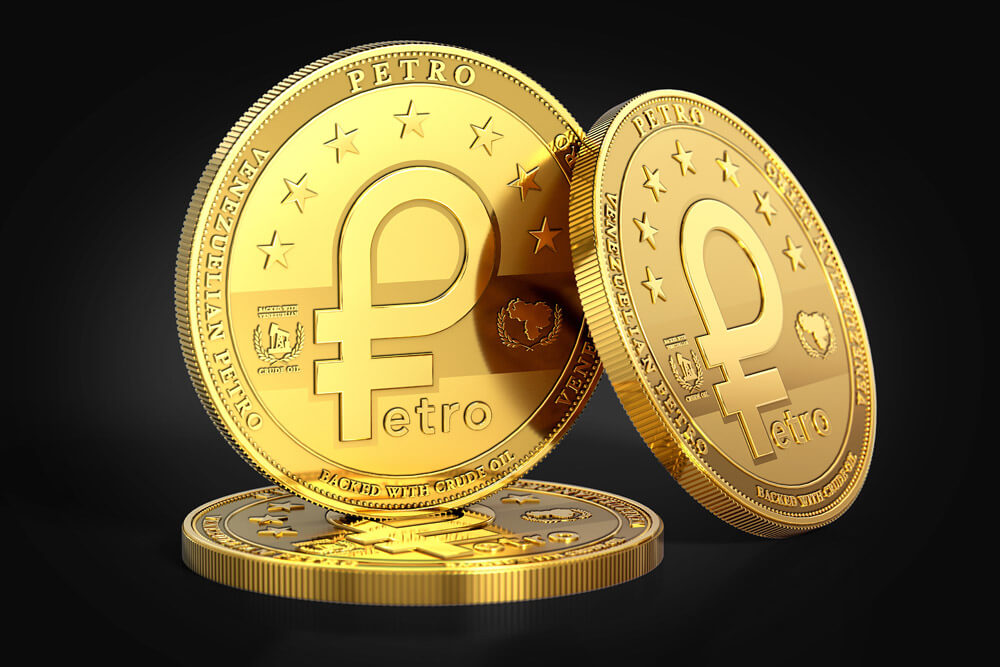Reuters searched extensively through Venezuela but found no evidence that the Petro actually exists.
The socialist policies of Venezuelan President Nicolás Maduro continue to wreak havoc upon the country’s economy. A humanitarian crisis has emerged as significant numbers of starving citizens try to flee the country. Cryptocurrency has proven itself to be a lifeline as the country’s fiat currency is essentially worthless. To counter U.S.-led sanctions, the Venezuelan government created the Petro, a cryptocurrency tied to the country’s rich oil reserves. Yet, Reuters has found little evidence of the virtual currency existing after spending a great deal of time traveling across the South American nation and talking to a diverse group of people.
Petro, the Savior of Venezuela
Maduro and other government officials have been heavily promoting the Petro. Back in July, the government announced that they were using the cryptocurrency to help finance home building. Ildemaro Villarroel, the Minister of Habitat and Housing, said that 33 companies were in the process of using the cryptocurrency, saying:
Together with the governors we review the plans that we will start up in the second quarter. In this second quarter the [Great Housing Mission Venezuela] will have an injection of financial resources, which this year will be protected and established with the Petro.

Then, just a few days ago, Maduro decreed that that public and private banks had to adopt the Petro as a unit of account. This followed on the heels of the president linking the cryptocurrency to the exchange rate for the bolivar (which recently had multiple zeros hacked off its value), as well as salaries and pensions.
Overall, the Petro was created to help pull the country out of its horrific economic situation and help combat the country’s rampant hyperinflation. Yet something is amiss when it comes to the oil-backed cryptocurrency.
Where Is the Petro?
Reuters recently published a remarkable article where the news organization attempted to track down the cryptocurrency. What’s amazing is that it appears that the Petro is actually nowhere to be found.
The news organization traveled to the region that is the source of the oil that is used to back the Petro. What it found was that there was essentially no oil production occurring at all, and the infrastructure needed to get the oil was years and billions of dollars away from being able to do so.
Maduro touted the billions of dollars the Petro’s ICO brought in, but Reuters found that there’s scant information to find out if any money was raised at all. The co-founder and chief data officer of Elliptic, a blockchain company based in London, Tom Robinson, says:
This certainly doesn’t look like a typical ICO, given the low level of transaction activity. We have found no evidence that anyone has been issued a petro, nor of it being actively traded on any exchange.

Then there’s the fact that the Petro is not traded on any major cryptocurrency exchange, despite the fact that President Maduro said 16 exchanges have been certified and that “they begin operating as of today.” The named exchanges are all small ones that are based in the region. However, Reuters could not find 7 of the exchanges due to the fact that they had no presence on the internet. Another 7 exchanges refused any comment. Only Coinsecure, based in India, says it plans on setting up an exchange for the government of Venezuela to trade the Petro, but such a circumstance is still several months away.
Finally, there is the agency that oversees the Petro, the Superintendence of Cryptoassets. The website for the agency does not work. Reuters tried to contact the president of the agency through his social media accounts, but he did not respond. The news outfit then tried to visit the agency by visiting the Finance Ministry, the government department that actually houses the Superintendence of Cryptoassets. However, they were told that the crypto-overseeing agency “does not yet have a physical presence here.”
Overall, it may be that the Petro is just a giant shell game perpetrated by President Maduro and the Venezuelan government. From all accounts, the oil-backed crypto is just a mirage that lacks any real substance at the current time. Yet the misery continues in Venezuela. The Bloomberg Cafe Con Leche Index reports that the price of a single cup of coffee has risen from 0.03 bolivars a year ago to 25 bolivars today (this is after 5 zeroes were lopped off the currency). This represents an inflation rate of 89,186 percent over the last year.
Do you think the Petro exists? Let us know in the comments below.
Images courtesy of Shutterstock.



